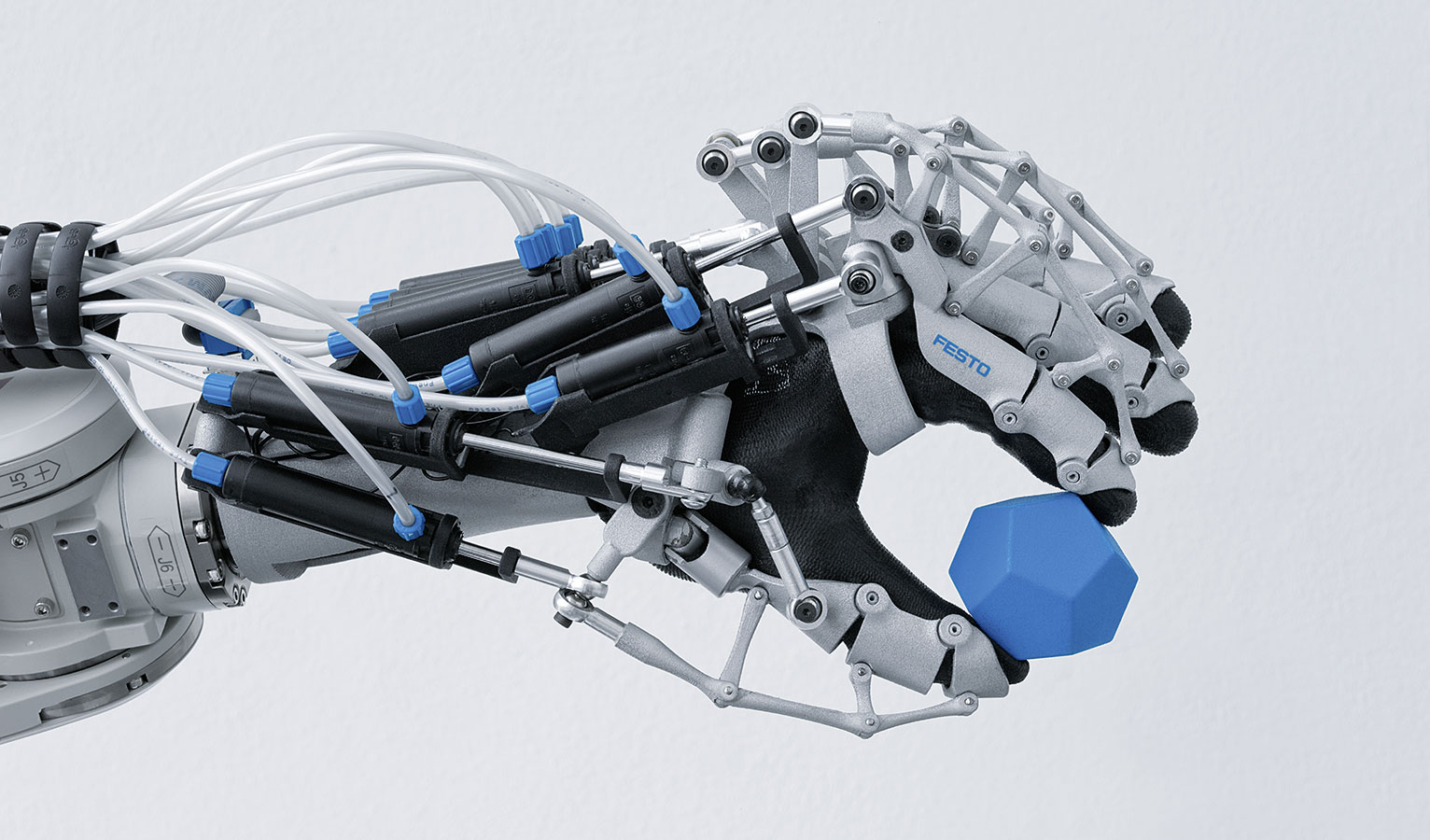In terms of actuators, the modern times can be called ‘An electric actuator era’. If you see a moving part in almost any mechanism, there is a great chance that it’s done with the help of an electric linear or rotary actuator.
It is no wonder – electric motors are cost-effective, easy-to-use and more precise than any other type of drive. A vacuum linear actuator can be used in cases that involve huge weights and don’t need a high level of accuracy.

A team at NCCR robotics, however, has challenged this worldview. They’ve created a wiggling robot that is done with DIY vacuum actuators only. How did they manage to do that and does it mean a revolution in the actuator technology? Let’s find that out.
How Does It Work?
One of the most important things about this innovation in robotics is that it’s made out of materials and parts that are widely accessible. It means that if you have the right skill set you can make a similar device on your own!
The first thing that draws attention when you look at this robot is all the parts it’s made out of. It’s one of its most unique features – it is made out of a number of modules. Each module is divided into three sections, each of them a separate DIY pneumatic actuator. You can control the sections separately with the help of an electronic microcontroller.
In order to make the robot move in the direction you want, you would need to split the movement as a whole into the separate movements of different sections of different modules. Basically, the controller sends a signal to each of the DIY actuators to create a negative pressure. The alternation of the actuators and different values of pressure is what makes the robot move so fluidly and exactly.
Based on the principles we’ve seen, we can make some conclusions. Firstly, it is obvious that the more modules the robot has the more precisely it can move. Of course, it would be more difficult to control, but such a trade-off seems fair. Secondly, with enough modules, it can be repurposed for use in a wide variety of cases. You can control each module separately one from the other, so it also is easier to repair and change.

What Are Its Uses?
So, are there any ways to make these easy DIY robots useful in our day-to-day life? Well, for now, they can mostly be used as fun toys anyone can make. However, the concept has great potential. With some improvements, it can be used in many fields, from medicine to manufacturing. You can learn more here: kuriosity Products
For example, making each module smaller can lead to an increase in their number, which means that the movements could be more precise. Furthermore, adding more pneumatic actuators to each model can make the movements more controlled and much more sophisticated.
Another thing we should use this robot for is to encourage young and talented developers to make their own inventions. It is cheap and easy to make, yet it’s still innovative and fun. Hopefully, this will help bring more enthusiastic and creative people to the field.
In Conclusion
All in all, although this robot looks not that slick and can be made with materials that are broadly available, it can mark a shift in the actuator market. It is a first step in the evolution of pneumatic actuators. Such flexible and easy-to-make robots are also a step forward for a robotics industry. You should definitely look out for further developments in this area. Or, start developing your own robots right now and push the industry forward yourself!














Leave a Reply